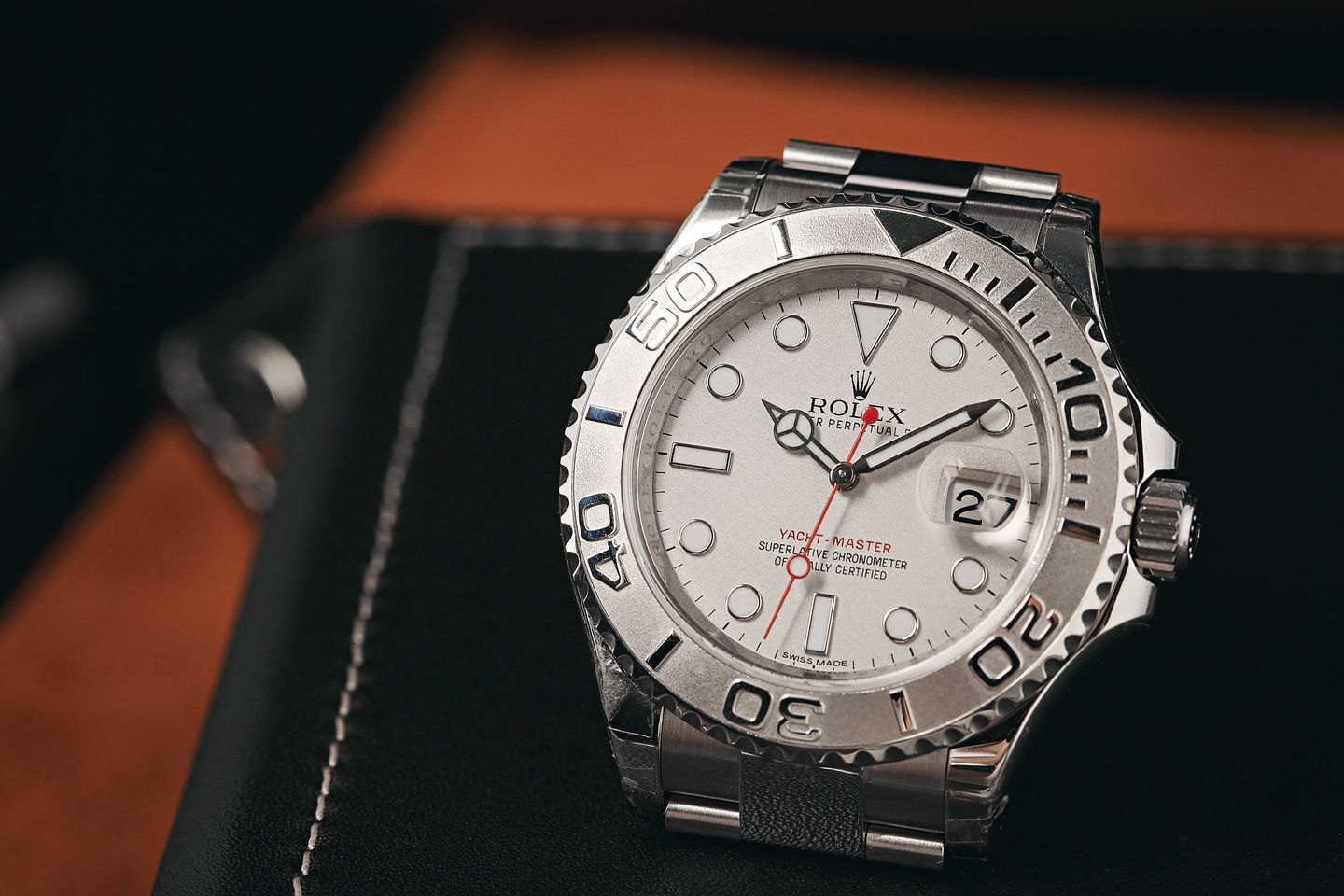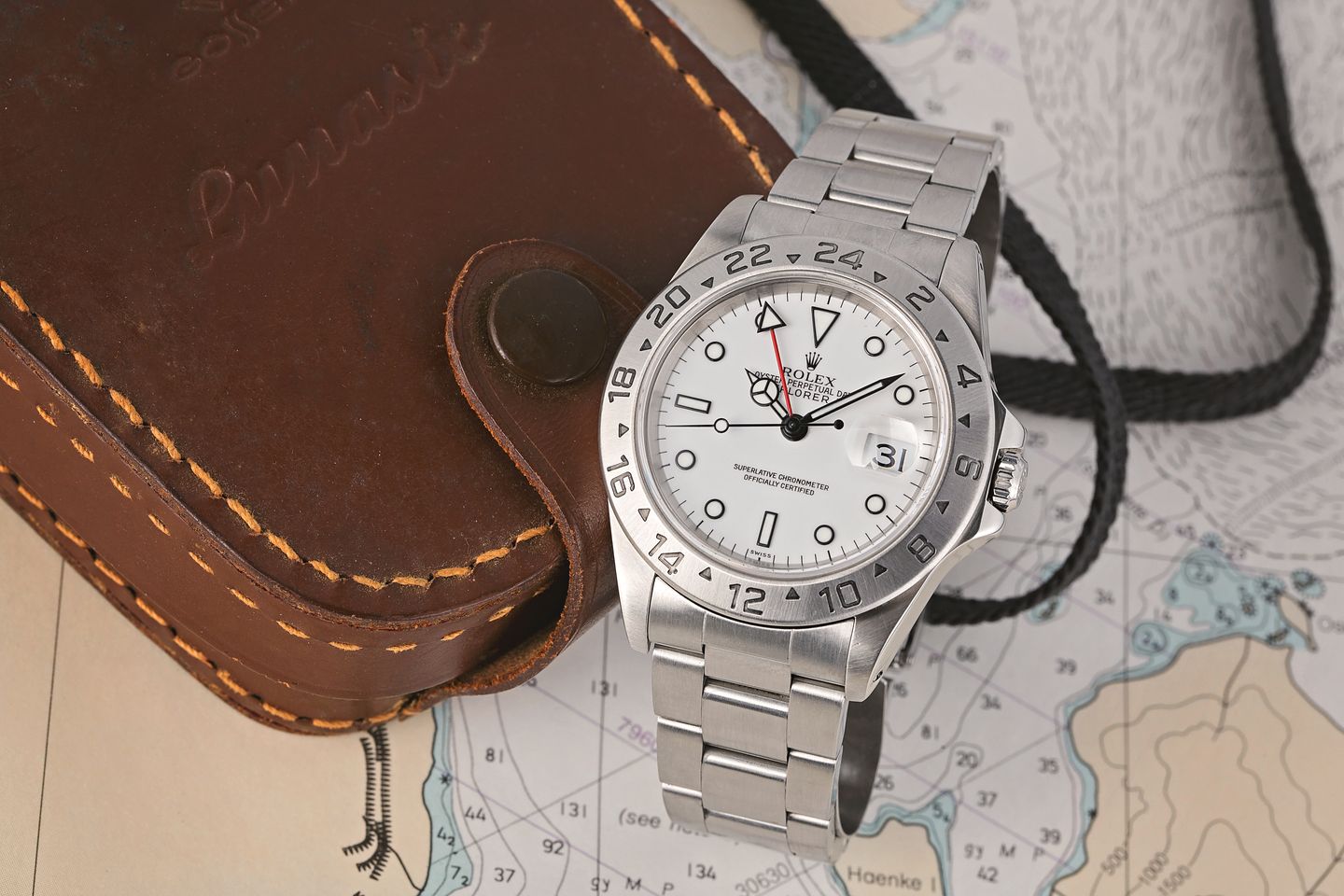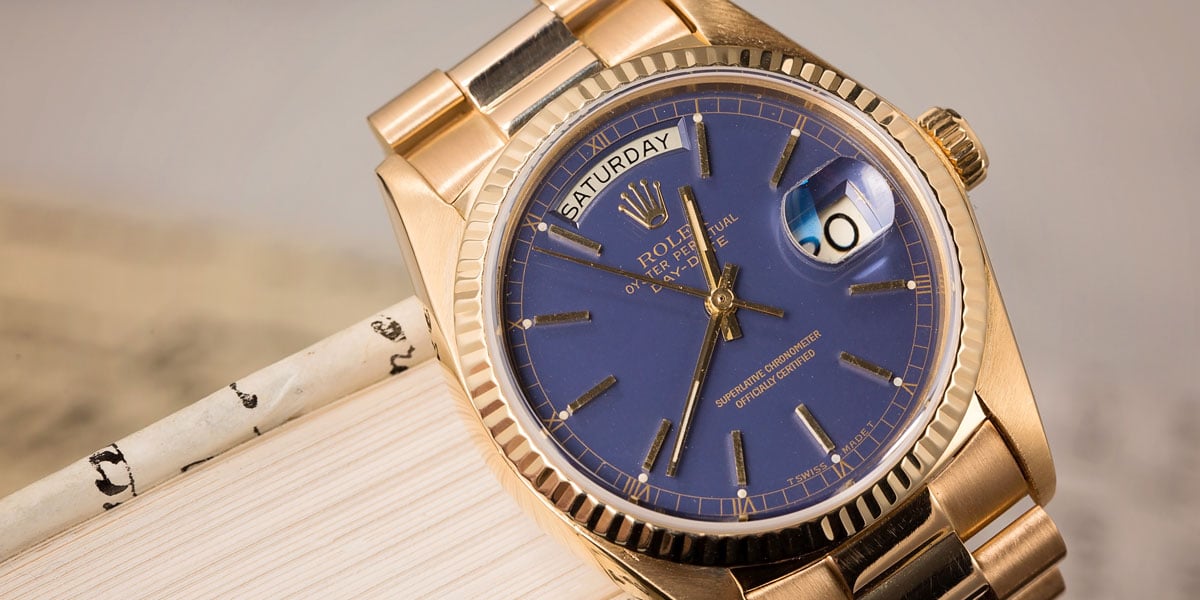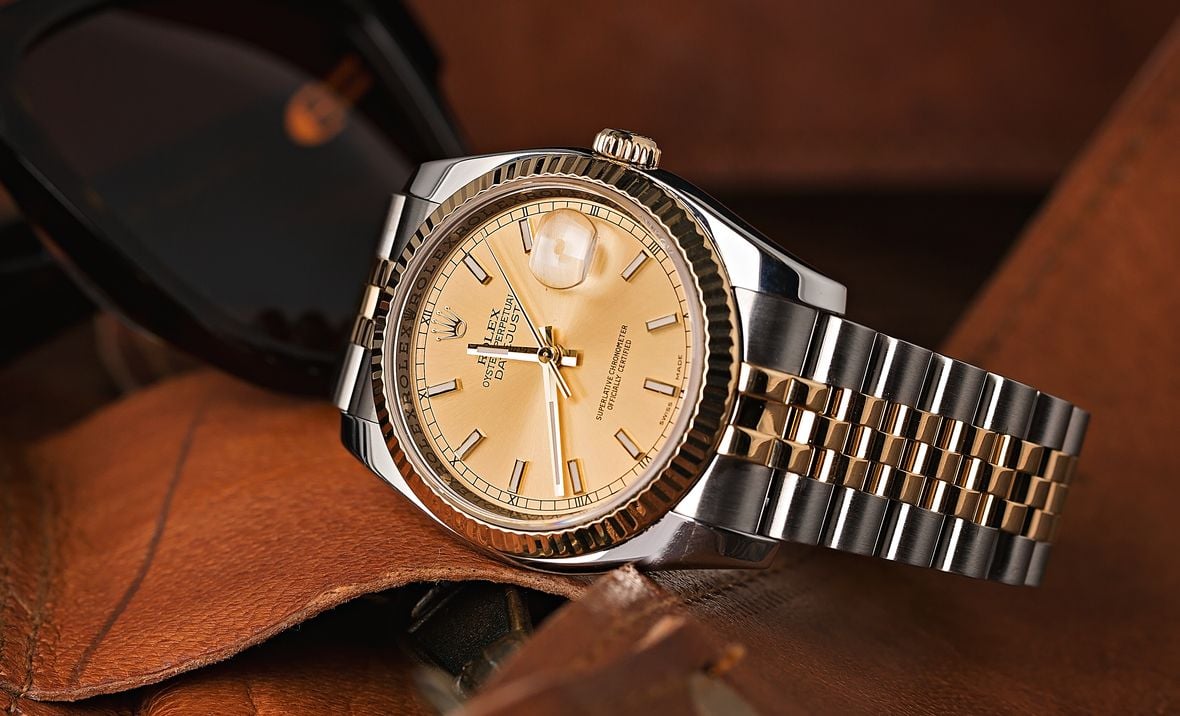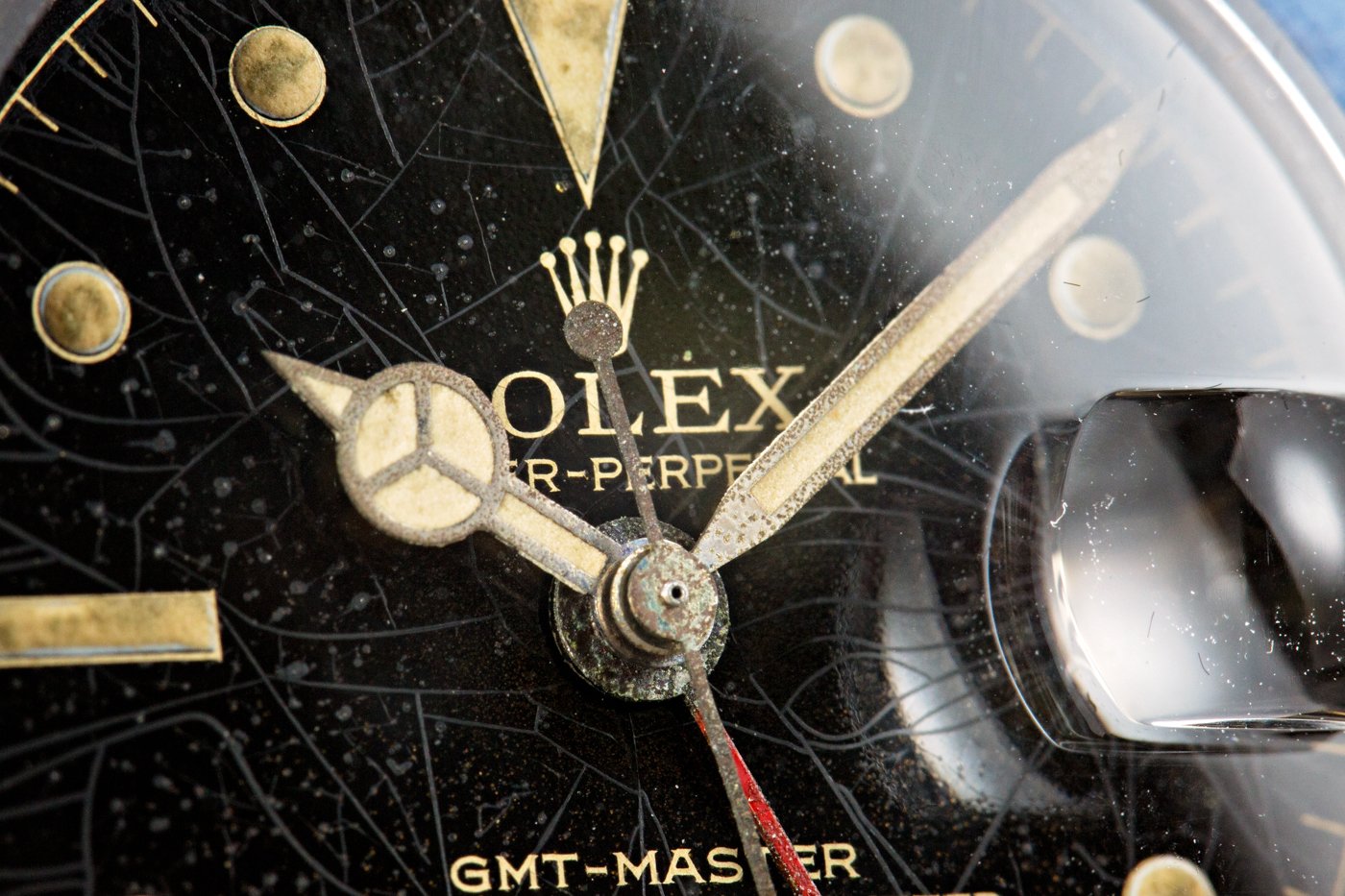In the past five years or so, Rolex has focused significantly on the Yacht-Master lineup. In 2015, we got the Everose Yacht-Master with a brand new Oysterflex bracelet. In 2016 we got the two-tone steel and Everose Yacht-Master. In 2017, we got the flashy sapphire-set bezel version of the Yacht-Master. And earlier this year, we got the biggest Yacht-Master to date with a 42mm case size.
On the other hand, the last update the Rolex Submariner collection got was the arrival of the Submariner 114060 in 2012 and before that, the introduction of the Submariner Date 116610LN in 2010. Yet, despite the changes to one collection and the lack of changes to another, one thing remains – the striking similarities between the Submariner Date and the Yacht-Master 40.
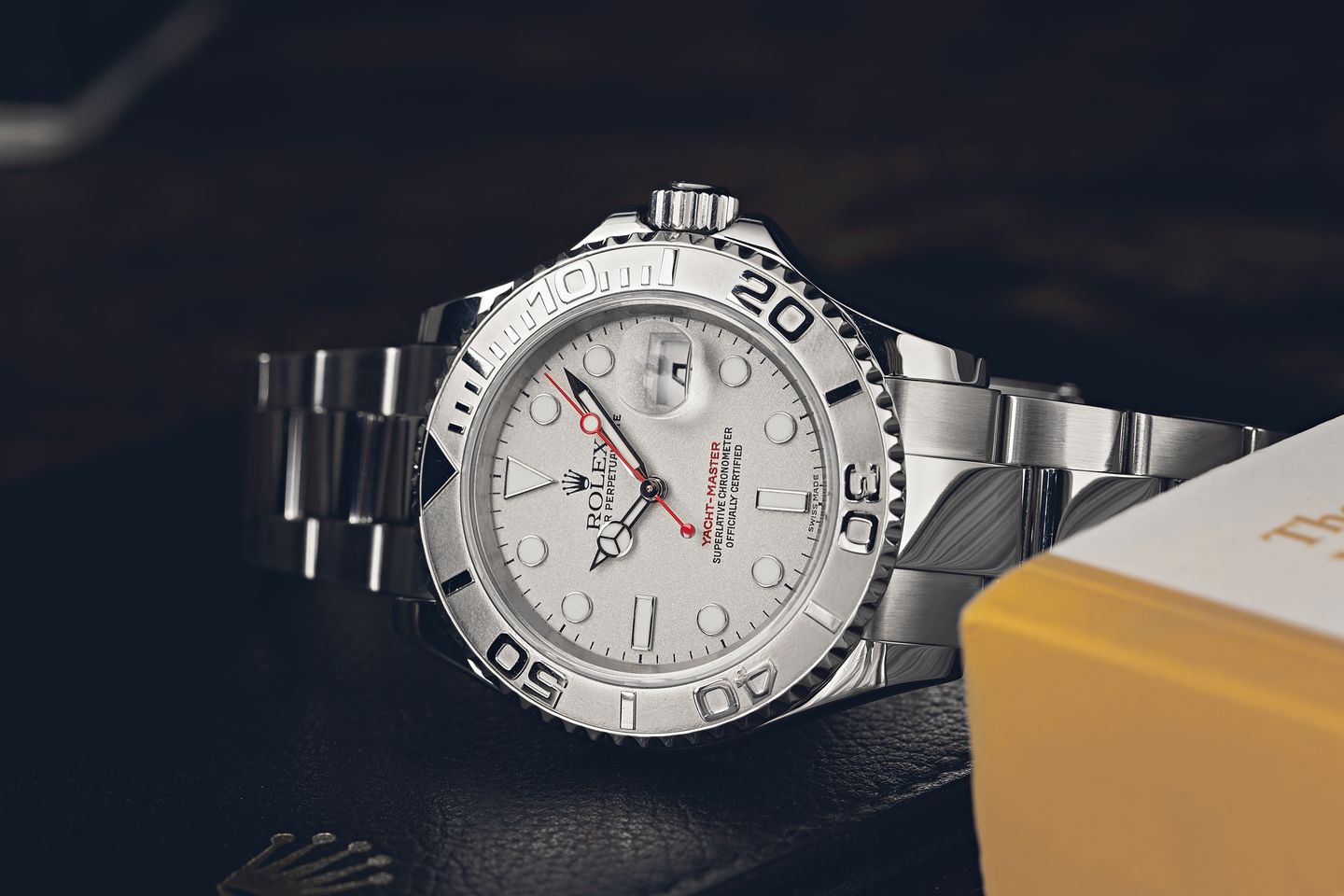
When the Yacht-Master first hit the market in 1992, dressed in its full 18k yellow gold glory, many observed that the then-new Rolex sports watch looked like a fancy version of the Submariner. Yes, there was a full yellow gold Submariner already available at the time, but the Yacht-Master offered even more gold thanks to its 18k bezel. It’s no secret that the Yacht-Master never achieved the status that the Submariner has enjoyed – but that’s not really fair to say since no other watch has either. Let’s dig into the details.
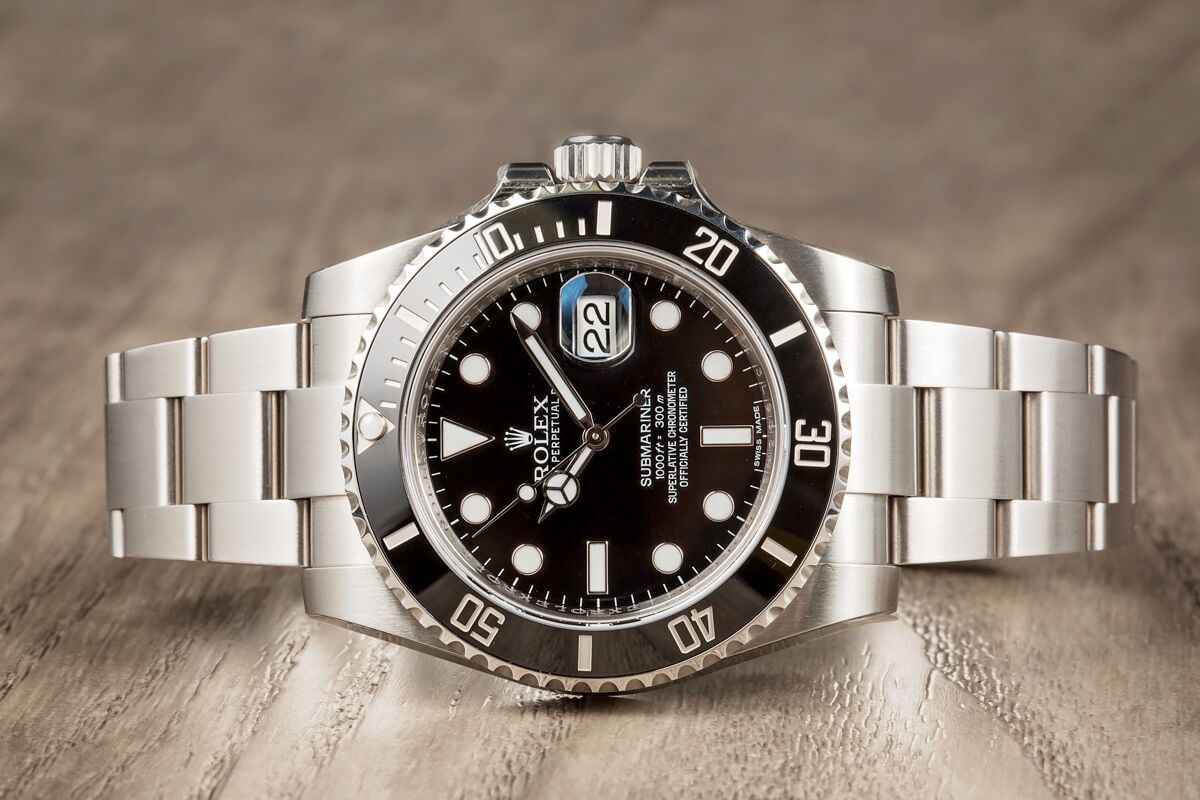
Case and Dial: Submariner Date vs. Yacht-Master 40
First things first, because there are several types of Submariner and Yacht-Master models, we selected two that are the most alike for this comparative review: the steel and ceramic Submariner Date ref. 116610LN and the steel and platinum Yacht-Master 40 ref. 116622.
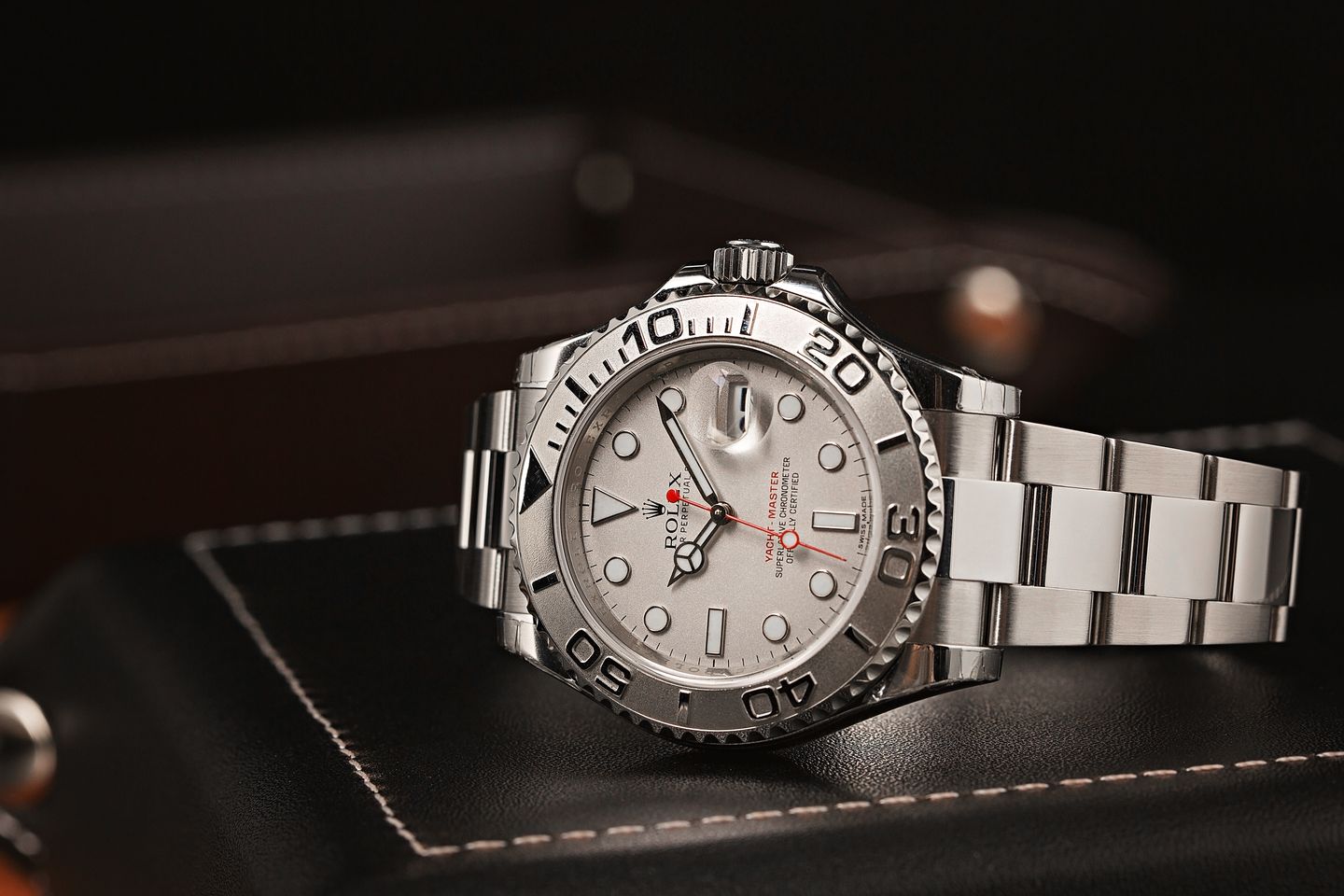
Right off the bat, we see that both the Submariner and the Yacht-Master have 40mm Oyster cases fitted with Triplock screw-down winding crowns. However, the Submariner does have a water resistance rating of 300 meters while the Yacht-Master’s is 100 meters – after all, the first is a dive watch while the latter is a boating watch.
Both Rolex models have a rotating bezel, but the Submariner’s bezel only rotates in one direction as a fail-safe method so divers don’t accidentally underestimate how long they’ve been underwater. Furthermore, the Submariner 116610LN’s bezel is constructed from Cerachrom ceramic with engraved markings, while the Yacht-Master 116622’s bezel is fashioned from 950 platinum and features raised numerals.
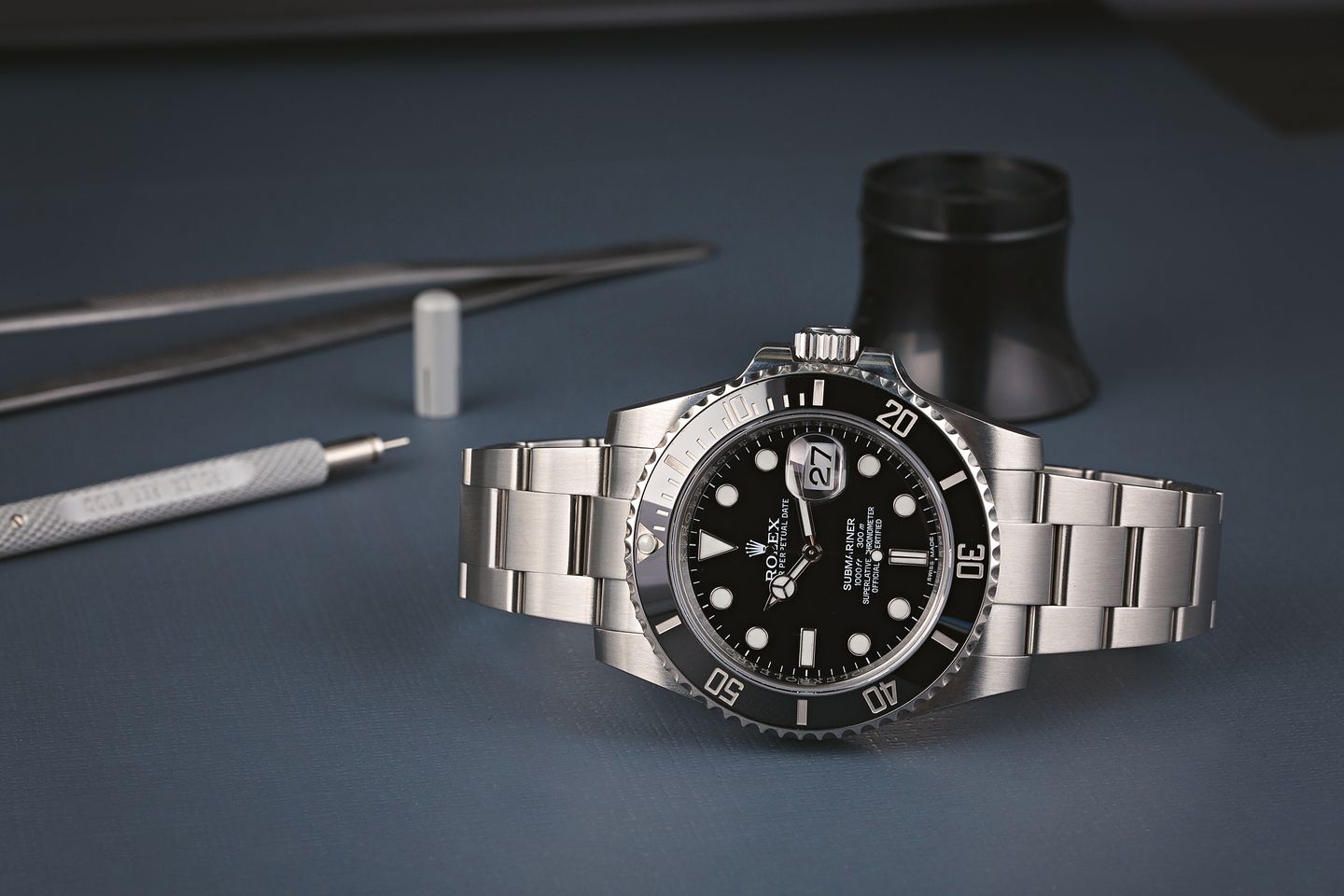
Aside from color, the dials of the Submariner Date and Yacht-Master 40 are basically identical. There’s the familiar mix of round, rectangular, and triangular lume-filled and white gold framed hour markers, the Mercedes-style hands, and the date window plus Cyclops lens combo at 3 o’clock. Yet, it must be mentioned that all of the various dials of the Yacht-Master (blue, dark rhodium, and sand-blasted platinum) do indeed look a bit more luxurious than the utilitarian vibe of the black Submariner dial.
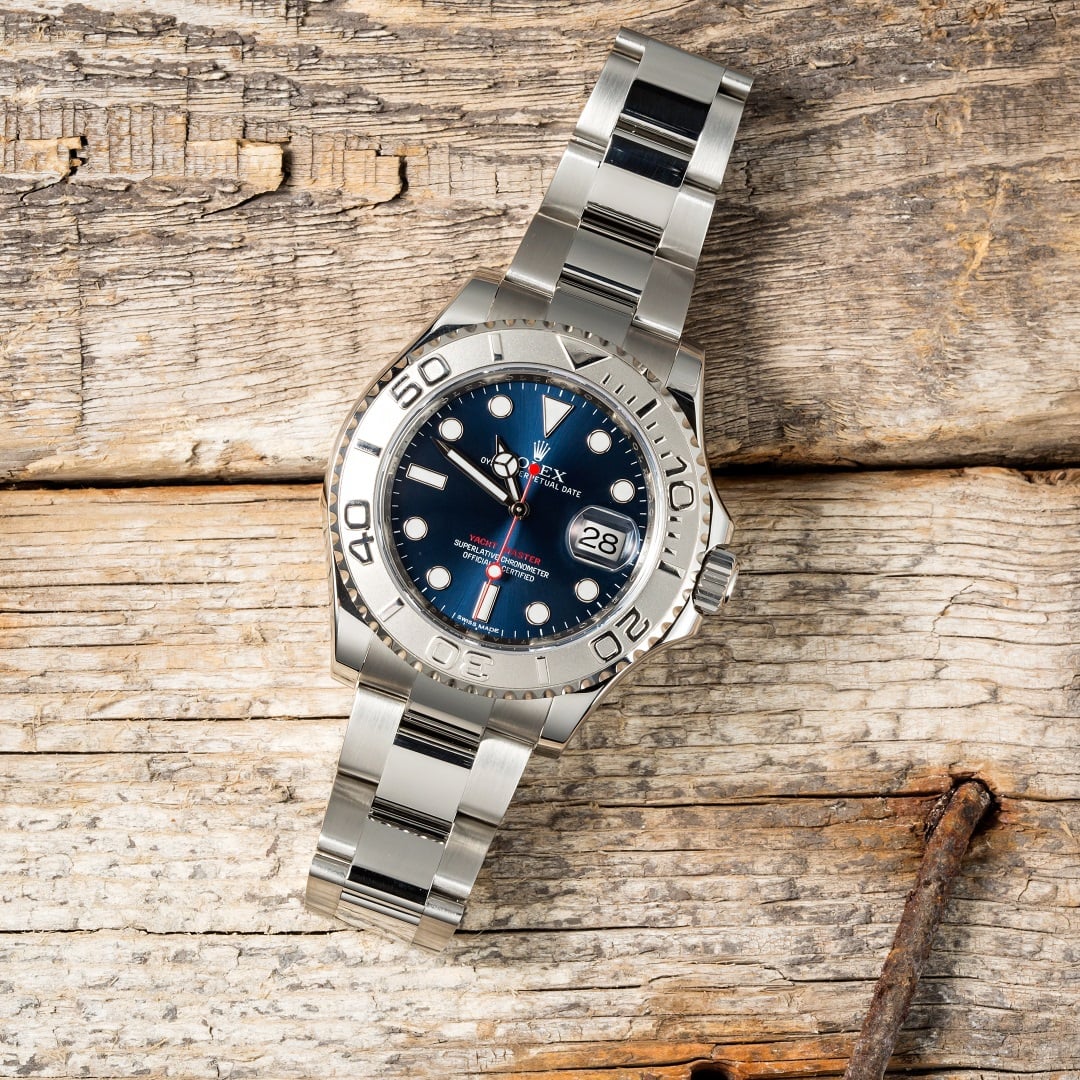
Bracelet and Movement: Submariner Date vs. Yacht-Master 40
Moving onto the bracelet, both of these Rolex sports watches are fitted with the robust three-link Oyster bracelet. However, the Submariner bracelet does have the additional benefit of their Glidelock extension system, which allows the bracelet to extend/contract in 2mm increments for a total of 20mm. The Yacht-Master’s Oyster bracelet comes equipped with Rolex’s Easylink extension system, which increases the length of the bracelet by an additional 5mm.
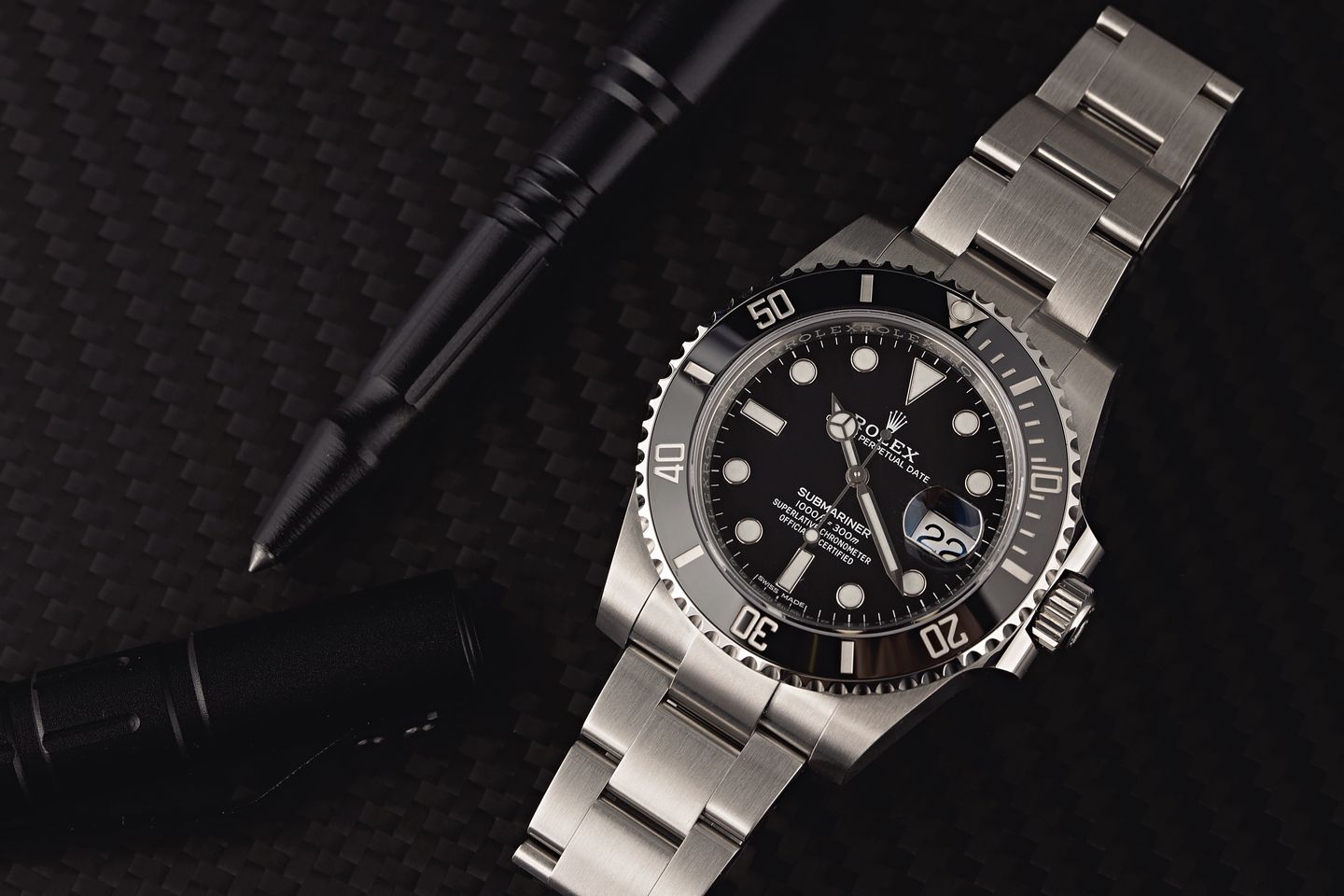
Both the Submariner Date ref. 116610LN and the Yacht-Master 40 ref. 116622 run on Rolex’s Caliber 3135 self-winding movement. The Caliber 3135 has been the company’s go-to time and date movement since 1988. It has the hacking feature (the seconds hand stops when the crown is pulled out) for precise time-setting, and a quickset date feature (the date is set independently from the timekeeping hands) for easy adjusting. The movement offers a power reserve of 48 hours, and since 2015, an accuracy rating of -2/+2 seconds per day.
It’s worth mentioning that Rolex no longer makes the Yacht-Master 40 ref. 116622. It was replaced with the Yacht-Master 40 ref. 126622 just this year, which has the new-generation Caliber 3235 inside the watch.
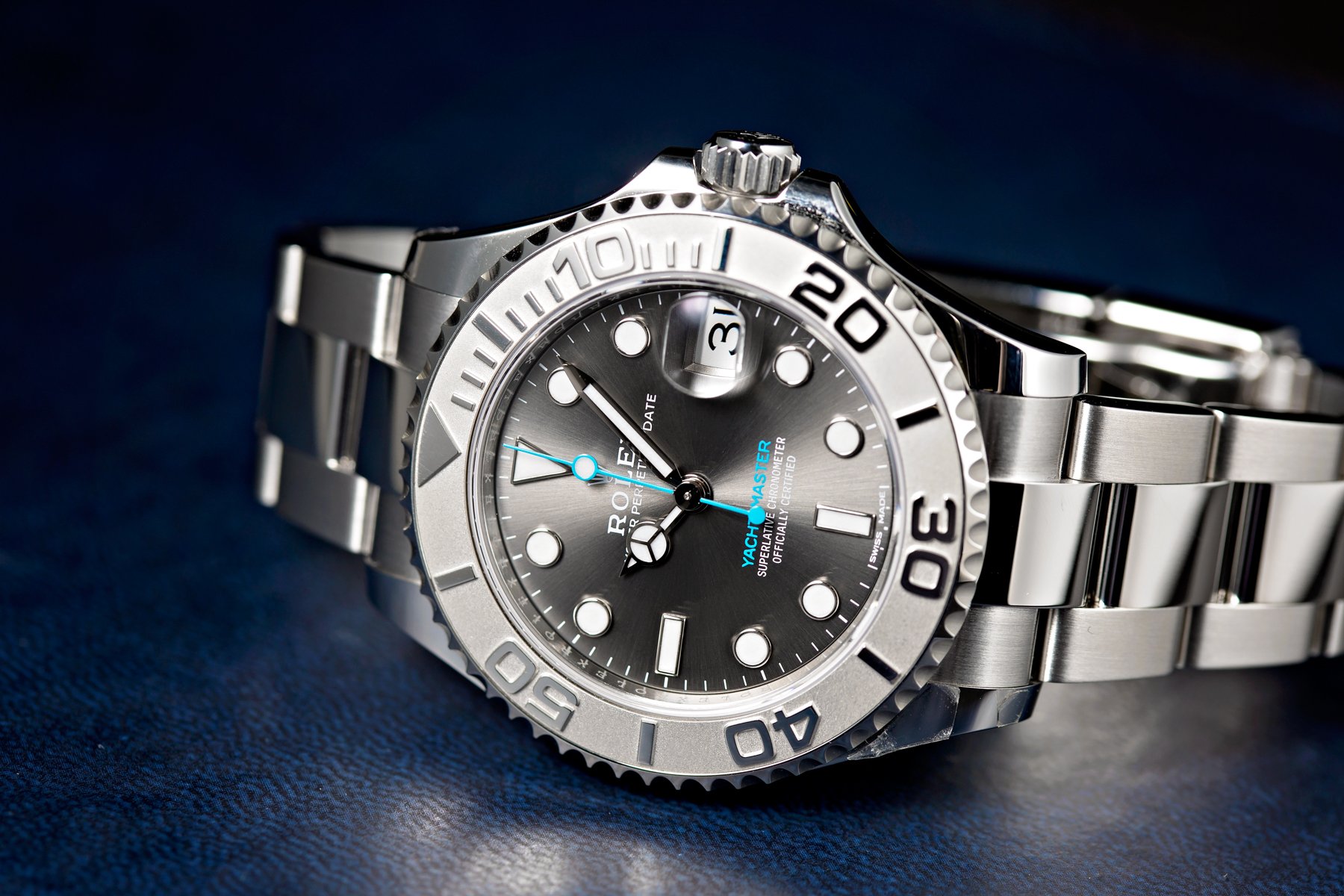
Price and Value: Submariner Date vs. Yacht-Master 40
Interestingly, if we look at the retail price of the Submariner Date vs. Yacht-Master 40, we see that the Yacht-Master is quite a bit more expensive at just under $12,000 while the Submariner is priced at just over $8,500. Yet, in the secondary market, these two models hover around a similar price point – currently around $9,000 (give or take a few hundred dollars depending on condition and age). More than anything, that speaks to the popularity and reselling value of the Rolex Sub.
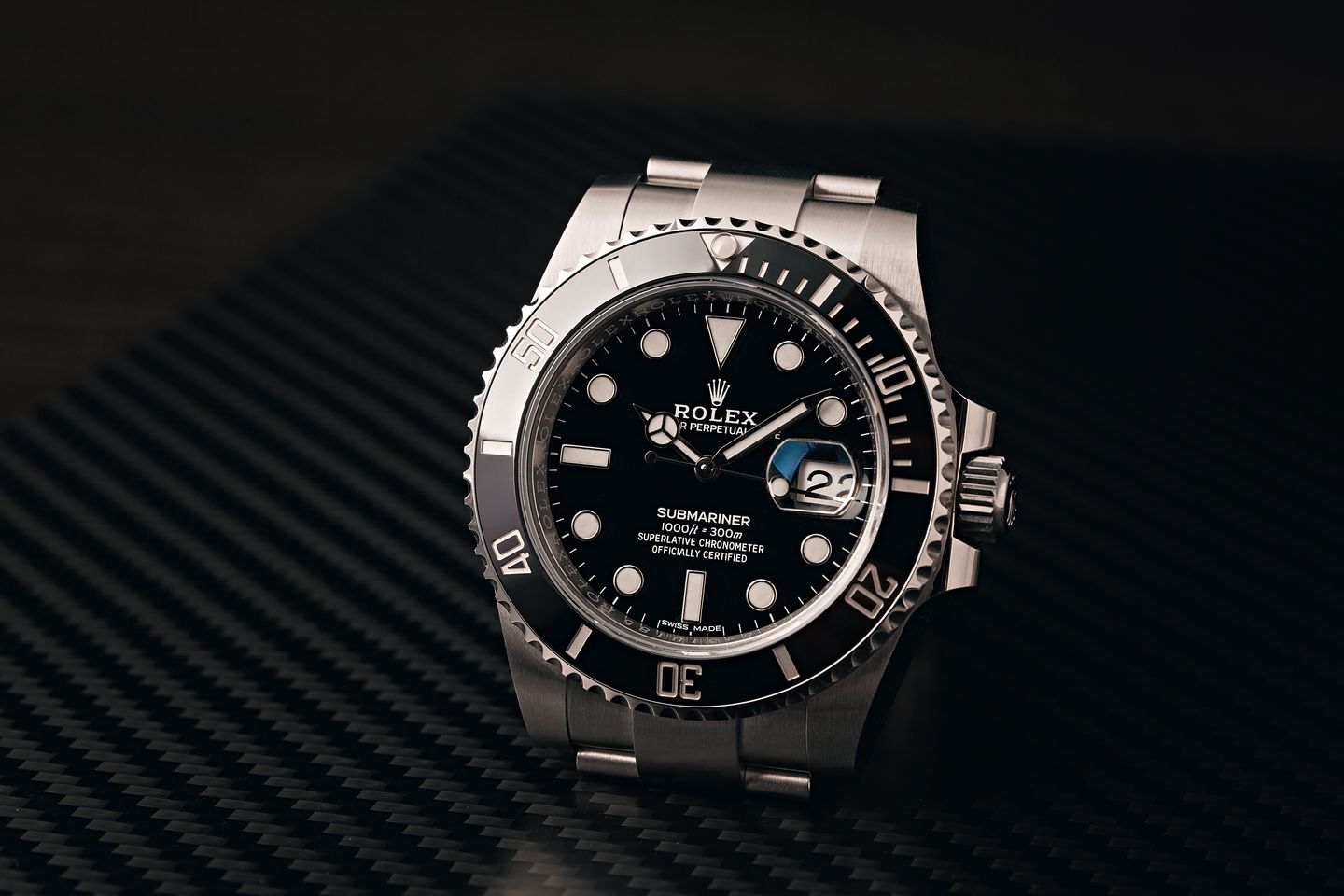
All in all, the Yacht-Master and the Submariner are unquestionably similar in style and mechanics but with enough differences that allow them to each offer their own unique selling proposition.
What about you; are you team Submariner or team Yacht-Master?
